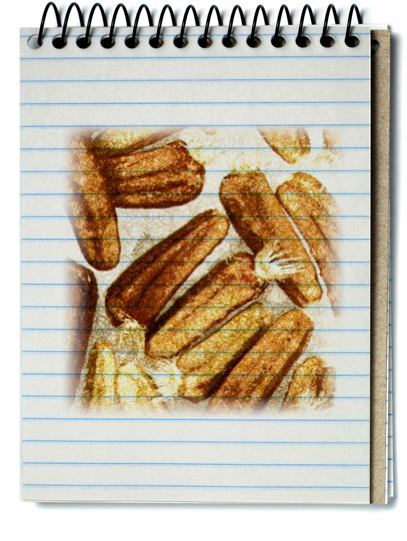

- Home
- Educator Led Programs
- Self-Guided
- SEEDS
- Christian Brothers College
- Cowell Area School
- Gilles Street Primary School
- Investigator College Victor Harbor
- Kildare College
- Kimba Area School
- Millicent High School
- Moonta Area School
- Mount Compass Area School
- Mylor Primary School
- Port Lincoln High School
- Quorn Area School
- Roma Mitchell Secondary College
- Tenison Woods College
- Urrbrae Agricultural High School
- Wilderness School
- Williamstown Primary School
- Wiltja
- About Us
- WED
- Unique Learning Experiences
- Professional Development
Brachyscome diversifolia Tall Daisy ( Endangered in SA)
- Details
- Published on Tuesday, 06 May 2014 03:04
The Botanic Gardens of Adelaide has a science project called the Seed Conservation Centre, Stewardship of Endangered, Endemic and Damien species.
The Plant Custodian Project aims are for the community and students become custodians of the Brachyscome diversifolia ( Tall Daisy) Endangered in South Australia.
Christian Brothers College has been selected to become custodians of the species helping to maintain a viable living source of the seed. To grow the plants, plant them in the school and collect the seed with a goal of next year’s class or group propagating them and repeating the process.

Plant description
This attractive perennial daisy grows to approximately 50 cm in height and produces large flowers with white ray florets during October and November. It has basal leaves which form a rosette and are distinctively lobed in shape. Flowers will be produced after 2 or more years growth.
Germination Notes
The seeds of this daisy have a weak physiological dormancy, they require no pre-treatment however and will germinate readily if sown in winter. Seedlings should emerge within 3-4 weeks after sowing.

Propagation NotesPlants can be propagated from seed in seed raising trays containing potting mix. Sow the seeds to a depth of 2mm and press in firmly. This should be done in winter, water at regular intervals to keep soil moist. Seedlings which have a few leaves expanded can be gently teased out and potted on into tube stock pots, be careful to ensure that the roots remain intact. Irrigate at regular intervals until planting out.
Indicators of when to collect the seed.
Seeds will be ready to collect in late spring to early summer. Collect flower heads that are drying off and turning brown. Place seed heads into a paper bag and leave to dry for 1-2 weeks. Seeds should easily be dislodged by rubbing the dried flower heads.
Companion plants and pollinators
This daisy is most likely an important plant for native bees, moths, butterflies and other insects when it flowers in spring. The biology of this plant is not fully understood like many of our native pant species including the specific pollinators associated with it.
Micro-climate conditions
This daisy grows in grassy or heathy woodlands along watercourses and in rocky gullies on rich black soils. Plants grow both in dappled shade and sun.
Christian Brothers College
Plant species
Brachyscome diversifolia
